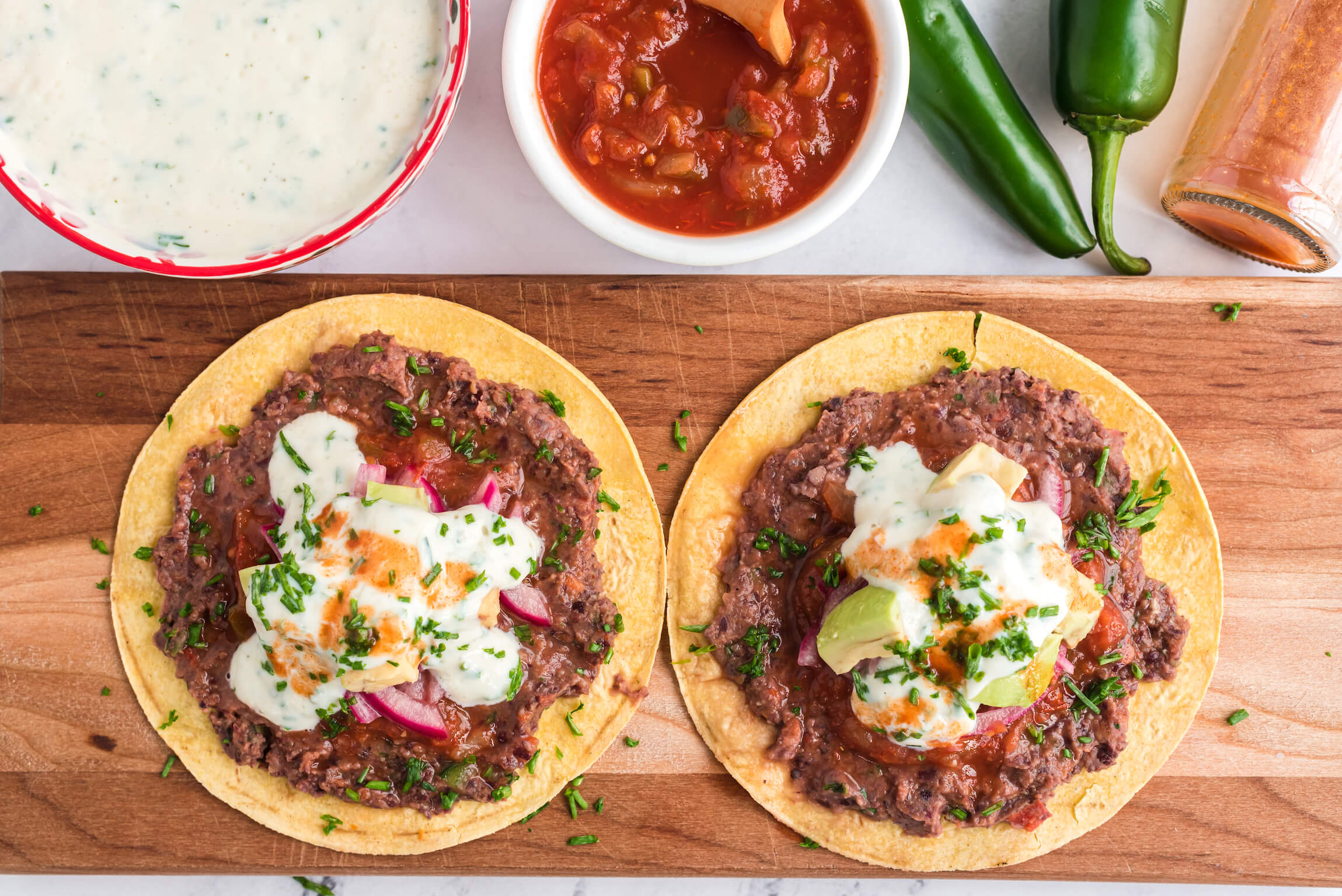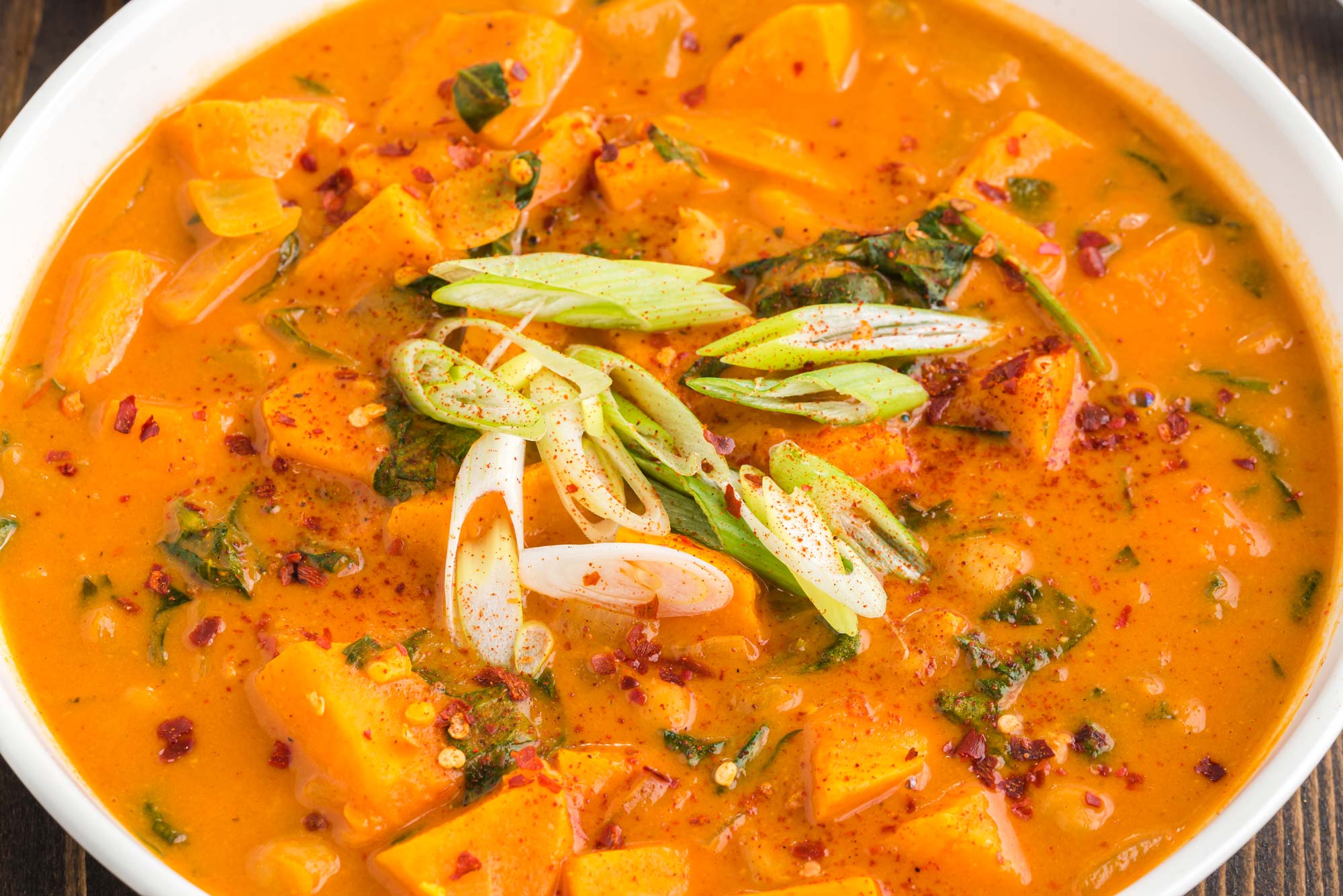Pasta, basil, and tomato sauce might make you think of Italy. Collards and cornbread, the American South. Potato and onion pierogis could conjure up images of Poland.
And for good reason. The fact is there’s a strong human connection between food, place, ethnicity, and culture.
You can see it in the etymology. The word “culture” comes from a Latin word that means to tend or till — as in “cultivate.” Much of what is fundamental in human culture arises from the food that sustains us. Festivals, rituals, divisions of labor, and even spiritual practices spring from the daily necessity of procuring nourishment from the land.
Staple Foods
The most important foods in any culture are often the “staples” that people can rely on year-round, either because they are always available, or because part of the cultural transmission from one generation to the next includes how to preserve those staples by drying, storing, fermenting, canning, freezing, or in some cases feeding them to domesticated animals.
The three main types of staples are grains, legumes, and roots. Grains that have traditionally served as cultural staples include wheat, rice, corn, barley, sorghum, millet, and teff, among many others. Cornerstone legumes include lentils, black beans, chickpeas, and soybeans. Important roots and tubers include potatoes, sweet potatoes, yams, cassava, and yucca (from which tapioca is made).
But in addition to variation in staple crops, different regions also feature particular horticultural crops that have become a part of their cuisine. Germany’s most important fruit crop is apples, which comes across in their desserts. Cabbage has been used since 4,000 BC in China. And citrus trees in the Mediterranean are not only aesthetically pleasing but have a long history dating back to Roman times as a status symbol and the fruit as a delicacy.
Also, different parts of the world produce different herbs and spices, which become cornerstones of particular cuisines, like basil and oregano in Italy, cardamom and turmeric in India, chili and cilantro in Mexico, and lemongrass and galangal in Thailand.
Differences in Global Cuisine
For those of us in the modern supermarket world, it’s easy to lose sight of the significant differences in global cuisine. After all, we can get oranges and grapes in the middle of winter, thanks to global trade, refrigeration, and distant farmworkers. Buying a box of quinoa from Peru is as easy as grabbing a sack of jasmine rice from Thailand or a canister of Scottish oats. But for most of history, a culture’s cuisine was based on what grew locally — on what could be reliably gathered or sown. (See the word “culture” riding at the end of “agriculture”?)
Even as cultures get homogenized through Westernization and globalization, memories and traditions around “home cooking” remain strong. Tourists to different countries often choose to experience the traditional cuisine of those countries. Heritage festivals feature samples of dishes from the “home country.” And especially around holidays and religious festivals, we may be drawn to the meals our ancestors ate.
Culture and Change
Lots of people would like to eat a healthier diet, or a more ethical one, or one less environmentally taxing, but they lament the need to give up their cultural heritage. How can a Cajun from Louisiana still be a Cajun without chicken and sausage jambalaya? Who would a Haitian be without their griyo (grilled pork) or chicken and cashew stew? A Colombian minus meat-stuffed arepas and Ajiaco (a chicken, corn, and potato soup)?
Do the various forms of plant-based eating have to be at odds with honoring our cultural traditions? Absolutely not.
First, vegetarianism is not a new phenomenon — or unique to any one culture. Many cultures’ cuisines are influenced by their religions as well as their environments. Since non-violence and other forms of harm reduction are fairly common religious ideals, many civilizations extend these ideas beyond the human realm, and into interactions with other species.
One obvious form of non-violence regarding animals is to refrain from eating them, which is just what we see in parts of India, Ethiopia, China, Japan, and other regions where Hinduism or Buddhism are prevalent.
Secondly, what we think of as “traditional” foods are sometimes actually once-a-year treats rather than daily fare. Jambalaya was a “throw in whatever you catch or gather” dish eaten by African slaves who were forced to live in the deep swamps and live off their environment. How often would those folks have access to andouille sausage, or smoked ham, or even chicken stock?
In many cultures, rich foods — especially those sourced from animals, like eggs or dairy — weren’t always accessible, were saved for holidays and important life-cycle events, or were a product of dire need. As a Yiddish proverb put it, “When a poor man eats a chicken, one of them is sick.”
11 Global and Diverse Whole Food Plant-Based (WFPB) Recipes
So it’s actually quite easy to return to a culture’s pre-industrial “peasant roots,” or indigenous foods, and discover and recreate their traditional recipes made with grains, legumes, roots, vegetables, herbs, and spices. And, with the endless meat and cheese-like analogs that plant-based foods can create (cashew cheese, lentil chorizo, and mushroom bacon, to name a few), we can easily nourish ourselves through plants without missing favorite flavors and textures. A little bit of experimentation can turn a meat-based meal into a delicious WFPB recipe.
You can take advantage of the positives of living in a global world and experiment with and enjoy dishes from a variety of different lands and cultures. We’ve put together a few international recipes that are either naturally plant-based or have been modified slightly to remove any animal products. Try something new and expand your culinary horizons with new flavors, textures, cooking techniques, and international ingredients.
1. Mexico – Black Bean Street Tacos

Street tacos are a central component of Mexican culture and are called antojitos, meaning “little cravings.” They’re meant to be enjoyed while walking about, as a small snack. Traditionally, they’re made using corn tortillas, meat (beef or chicken), pico de gallo, lime juice, and cilantro. In this recipe, protein-rich, black beans are spread on top of organic corn tortillas with more nutritious ingredients layered on top. The result is a flavorful and nutrient-dense street taco!
2. Italy – Cheesy Spinach Lasagna

Lasagna first appeared in the ancient Roman book Apicius de re Coquinaria (although in a very different form) before being laid down in print in a version we’re more familiar with in the 14th century. Lasagna is traditionally made with a variety of cheeses, such as ricotta and mozzarella, as well as tomato sauce, meat, and vegetables. “Cheesy” Spinach Lasagna includes plant-based ricotta (made with tofu!) and mozzarella cheese (made with cashews!), plus tomato sauce and spinach. There’s no need for meat as it’s heavenly as is. However, feel free to add your own lentil-based or walnut chorizo for more flavor and nutrition!
3. Lebanon – Yummy Tabbouleh Salad

Tabbouleh is so important in Lebanese culture that the first Saturday of July has been dedicated to National Tabbouleh Day. It includes festivities around — you may have guessed it — tabbouleh! This traditional plant-based dish was first introduced in Lebanon and Syria in the Middle Ages and was initially mocked for not including meat, but then later embraced for its high nutritional value. Yummy Tabbouleh Salad is Food Revolution Network’s tribute to a WFPB dish we already embrace and love, just the way it is.
4. Spain – Spanish Paella Burger with Chickpeas and Spinach

Travel to Spain in the comfort of your own home by making these tasty Spanish Paella Burgers with Chickpea and Spinach. It is believed that the Spanish dish paella originated in Valencia, Spain. It’s typically made with short grain rice, meat or seafood, vegetables, and saffron. We’ve created a paella-inspired veggie burger made with short-grain brown rice, chickpeas, spinach, and two signature spices used in Spanish cuisine — saffron and paprika.
5. Ethiopia – Misir Wot (Ethiopian Red Lentil Stew)

Wot (also spelled wat) is a traditional Ethiopian stew that is made with chicken, beef, lamb, or vegetables. Misir Wot is a plant-based Ethiopian stew filled with lentils, vegetables, and layers of fragrant spices. Its aromatic spice blend, berbere, often includes more than ten spices such as coriander, cumin, fenugreek, chili powder, and paprika. Enjoy this flavorful stew on a bed of organic brown rice or with traditional Ethiopian bread, injera.
6. Western Africa – Sweet and Savory African Peanut Soup

Peanut stew, also called groundnut stew, is a staple food from West Africa where it’s called domodah or tigadegena, meaning ‘peanut butter sauce’). It can be made with or without meat, but always includes peanuts and tomatoes. We added chickpeas (plant protein to replace meat protein) and extra nutrition through veggies (sweet potatoes and spinach). It’s scrumptious hot or cold!
7. New Orleans/French-Creole – Red Bean Gumbo with Okra

This legendary dish has a rich history in New Orleans that includes a mix of cultures in southern Louisiana. It’s believed to be a dish of mixed origins of French, Spanish, African, Native American, Caribbean, and German influence. The name gumbo derives from a West African word for okra. It can be made with meat, seafood, or simply veggies. Sticking with the plant-based tradition, here is Red Bean Gumbo with Okra!
8. Pakistan – One-Pot Cauliflower Dal

Dal is a staple dish in South Asia, including Pakistan. Inherently vegetarian, it’s made with lentils, peas, or beans and, sometimes, cream. We’ve substituted coconut milk for the cream and kept the original fragrant and vibrant spices like ginger, garlic, and curry, which make this dal burst with flavor. Another wonderful trait of most dals is that they’re simple to make and this One-Pot Cauliflower Dal is no exception!
9. Vietnam – Tofu Bánh Mí

Bánh mì or banh mi is the Vietnamese word for bread. But what you put in the middle is up to you! It typically includes something spicy, something pickled, and some kind of protein. In this case, we’ve chosen tofu, but you could also use tempeh. While portobello mushrooms aren’t high in protein, they would also make for a great substitute (plus, you still get lots of other nutrients from mushrooms!). Take a trip to Vietnam without leaving the comfort of your own home with this tasty WFPB sandwich recipe!
10. British Isles – Shepherd’s Pie

You might wonder how a dish that is traditionally made with minced meat covered in gravy, possibly cheese, and topped with mashed potatoes could be recreated using plants. It’s easy, thanks to the magic of plant-based foods! Layers of high-fiber and high-flavor, plant-based ingredients might make this Shepherd’s Pie more satisfying than any other version you’ve tried. Omega-3-rich walnuts, protein-packed lentils, vitamin C-abundant potatoes, and beta-carotene-filled squash put this dish on the (pie) charts for most nutrient-dense.
11. South Korea – Kimchi “Fried” Rice

Kimchi Fried Rice, or kimchi-bokkeumbap as it’s called in Korea, is typically made with rice and kimchi (which may have been obvious to you based on the title!), but may also contain pork, egg, vegetables, and aromatic sauces. Our sautéed, and not fried, plant-based version includes traditional rice and kimchi along with plentiful veggies like broccoli, carrots, pepper, and snap peas. We topped it with nuts and seeds that add healthy plant-based fat, protein, lots of phytonutrients, and some crunch!
Your Turn
Which of these recipes will you try first? Is there another cuisine or dish you’d like to see “plant-base-ified”? Let us know in the comments.
Tell us in the comments:
-
Have you made any of these recipes? If so, what do you think?
-
What are your favorite plant-based international dishes?
Featured Image: iStock.com/KatarzynaBialasiewicz




